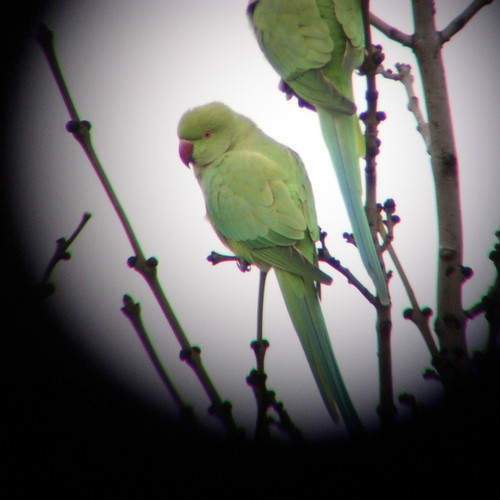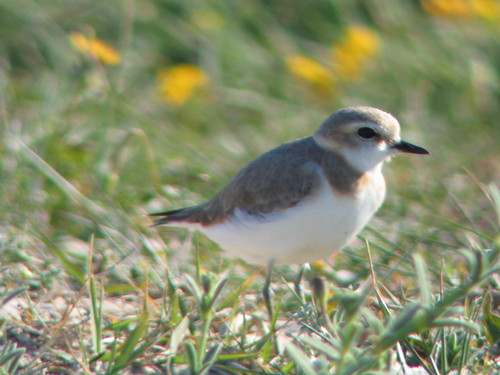My post a few days ago about ‘toy cameras’ made me dig out my own toy camera. It’s not a film camera, though, like a Lomo or a Holga; instead, it’s a crappy digital camera from a few years ago. It’s somewhat in that spirit, though, as it’s a primitive point-and-shoot camera with no controls of any kind at all (and no screen – just a viewfinder).
It’s called the Oregon Scientific Cardcam and its selling point was that it’s only the size of a credit card. Which is true — at least, it’s probably about four credit cards thick, but it’s still very cool.
Unfortunately the pictures are awful. They’re 640×480 pixels, which is limiting but not the end of the world, and because of the primitive state of flash memory technology when it was made it can only hold 26 pictures. More problematic, though, is that it doesn’t work very well with subjects which are too bright, too dark, too high contrast, too close, or too far away; the focus is rarely very sharp, even given the limitations of the resolution; the colours are erratic; and there’s a distinct distortion at the corners of the pictures. I took it skiiing a couple of times as a fun camera I could take out on the slopes with me, but even on that basis the pictures were so bad it was hardly worth it. I assume, btw, that the market for this kind of camera was pretty much wiped out by the production of cameraphones.
So does my new-found appreciation for the aesthetic qualities of photographs taken with cheap cameras extend to my cardcam? Well, here’s a selection of the more attractive ones out of two ‘rolls’ of shots I took:
Bearing in mind these are the very best ones (lots are just unusable); I don’t absolutely and unswervingly hate them, but I don’t think they’re about to start a hot new trend. In terms of an embracing-the-flaws philosophy, the distortion around the edges of the pictures is probably the most interesting thing.
It was quite entertaining playing around with it, but I think it can probably go back in the drawer again now.





